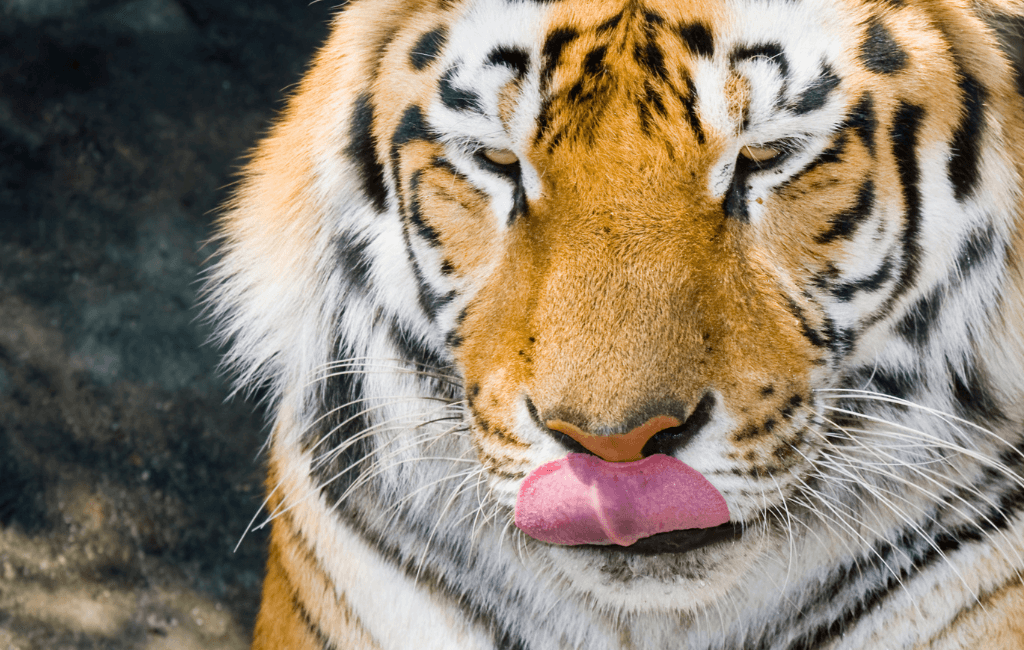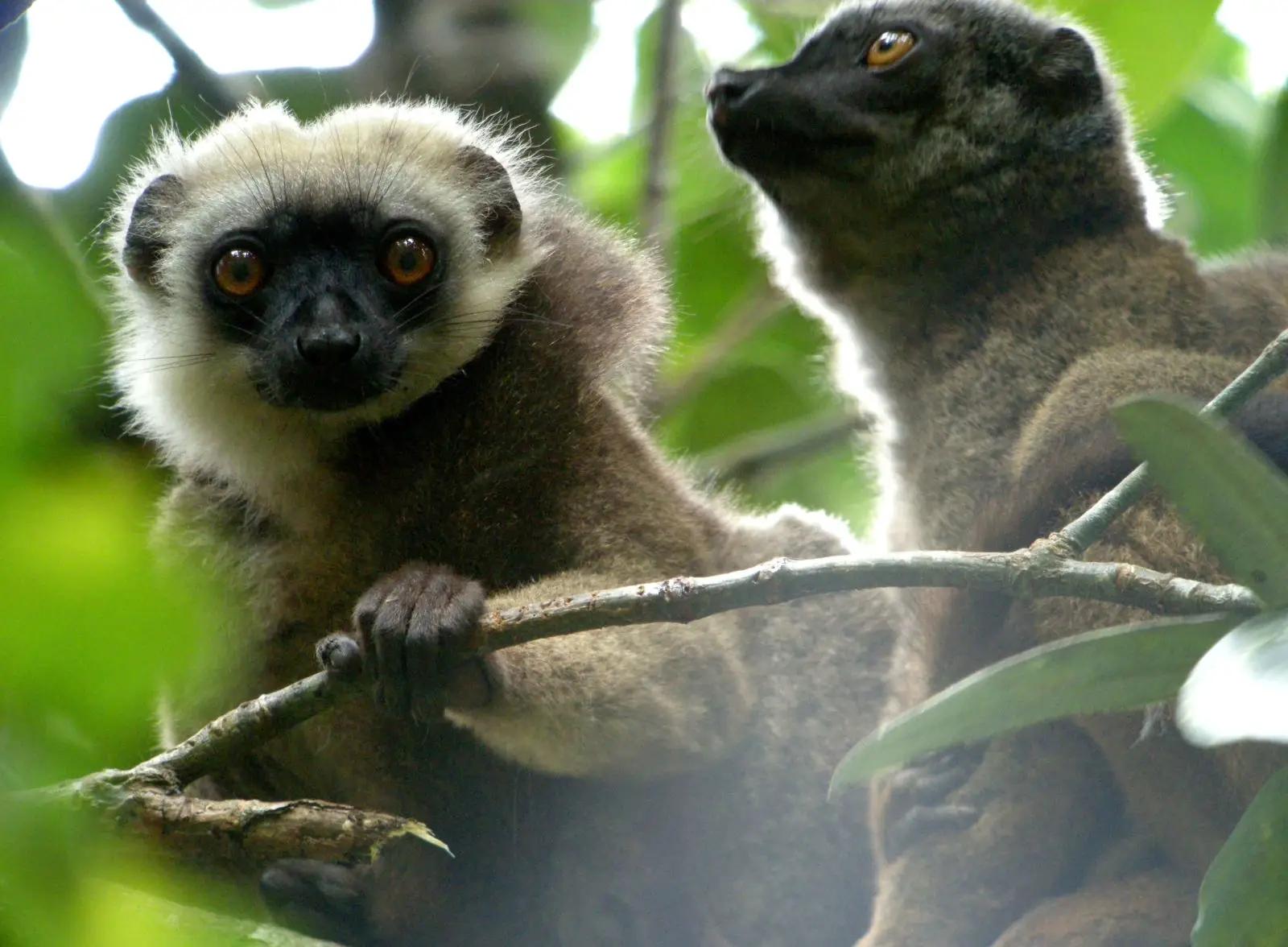Beekse Bergen, Netherlands
Making feeding more complex for tigers in captivity
Using stimulating feeding devices for tigers to promote physical exercise and their well-being

Project objective
As part of our "Animal Welfare Commitment" (EBEA) programme, we are collaborating with Beekse Bergen Safari Park (Netherlands) to test a more systematic implementation of dietary enrichment for tigers.
Description
As with many species, feeding is a crucial behaviour for large cats. Tigers, for example, spend a considerable amount of time tracking their prey, observing it, and setting an ambush to capture it (Seidensticker & McDougal, 1993). The hunting phases involve intense energy and physical expenditure, making it complex to replicate predatory behaviours in captivity. Recreating these behavioural phases can be a real challenge (Hunt, 2022).
Several recent studies have highlighted the benefits of providing carcasses to large felines or implementing "feeding poles" to improve the health and musculature of the animals (Law & Kitchener, 2020). However, feeding poles are not always feasible to install in enclosures (due to safety, distance, access for staff, etc.).
Thus, the installation of a bungee (a high-resistance elastic) allows for muscle engagement to jump and catch the food, and requires the jaw to grasp and tear the food. By stimulating the animals and encouraging them to expend physical energy, it is not only possible to reduce the occurrence of stereotypies, but also to limit the development of conditions such as arthritis, and enable the animals to live longer, healthier lives.
Behavioural monitoring (on the use of the bungee, overall daily activities) and feedback from staff (ease of setup, time spent preparing food compared to usual distribution methods, etc.) are conducted by the team.
Results
Initial results indicate a strong interest in this new device, as shown in the video below. Monitoring is ongoing - the results will be shared soon.
Animal welfare commitment
The observations currently being conducted as part of the "Animal Welfare Commitment" (EBEA) programme will highlight the impact of this new device and showcase the team's efforts.
In addition to Beekse Bergen, the Akongo team has provided the same bungee to other zoos participating in our programme, in order to obtain a larger sample and test these effects in different environments.
Bibliographic References
Bashaw, M. J., Bloomsmith, M. A., Marr, M. J., & Maple, T. L. (2003). To hunt or not to hunt? A feeding enrichment experiment with captive large felids. Zoo Biology: Published in affiliation with the American Zoo and Aquarium Association, 22(2), 189-198. https://doi.org/10.1002/zoo.10065
Hunt, K. A. (2022). The behavioural biology of carnivores. In The behavioural biology of zoo animals (pp. 83-95). CRC Press.
Law, G., & Kitchener, A. C. (2020). Twenty years of the tiger feeding pole: review and recommendations. International Zoo Yearbook, 54(1), 174-190. https://doi.org/10.1111/izy.12249
Seidensticker, J., & McDougal, C. (1993). Tiger predatory behaviour, ecology and conservation. In Symposium of the zoological society of London.
Learn more about our solutions
- Implementation
Discover how to effectively deploy our EBEA program in your institution.
- Methodology
Discover our unique approach to animal welfare, based on years of research and innovation.
- Animals
Discover the species we monitor and the specific programmes available for each.
Examples of research projects
Discover some of our interventions and achievements as part of the Evidence-Based Ethology & Animal Welfare (EBEA) programme.
The research are carried out in zoos or laboratories. Data can be collected by our team and/or the institution's team, or through the placement of an intern (Master 1, Master 2, gap year, post-master).

Conures - tamarins: a mixed species exhibit
Parc de Clères et Ménagerie du Jardin des Plantes, France
Developing multi-species enclosures while ensuring the well-being of all animals.
Learn more
Cohabitation of female Pygmy hippos
Parc Animalier d'Auvergne, France
An innovative study to facilitate captive management
Learn more
Dietary transition: towards a fruit-free diet for great apes
La Palmyre, France
What impact on social relationships and microbiota in great apes? Behavioural and microbiotic effects of dietary change
Learn more
Contact introduction for White-fronted lemurs
Poitiers, France
Reducing animal isolation through cooperation between zoos
Learn more